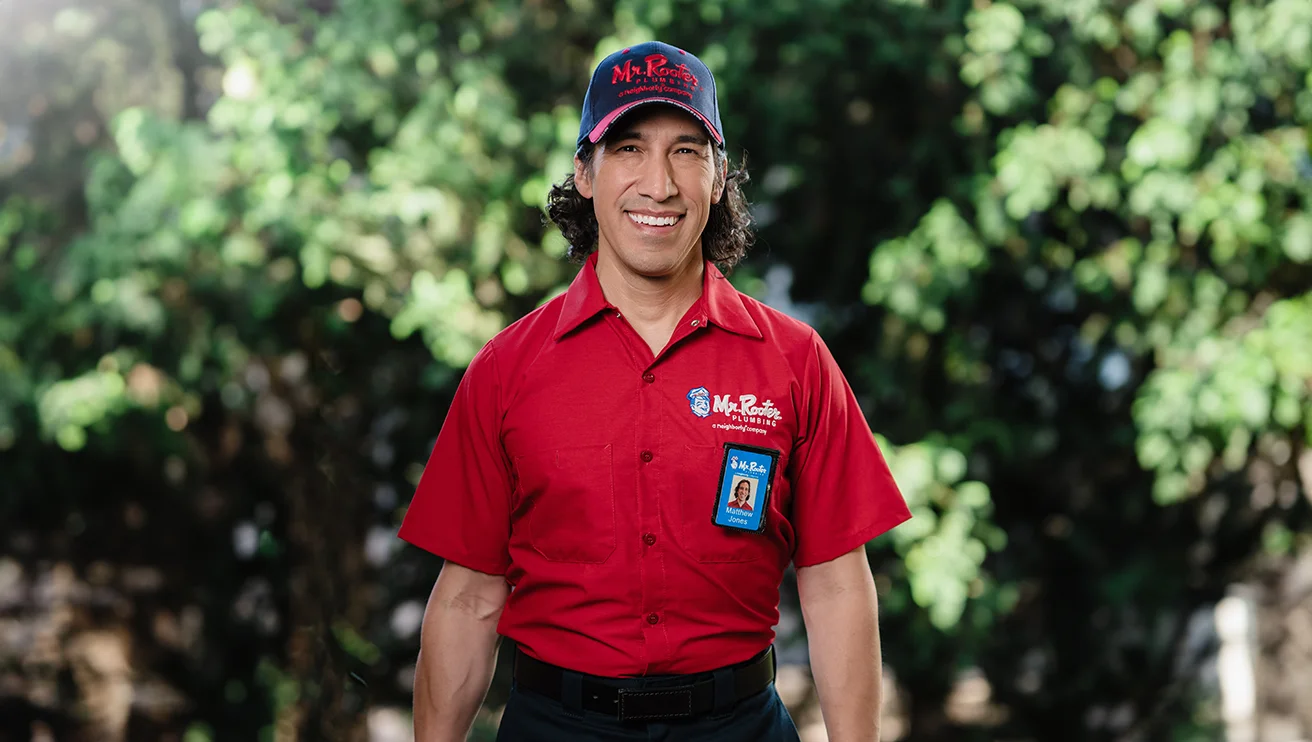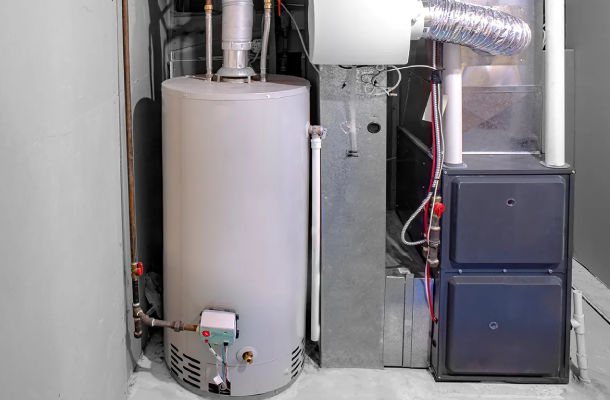Leaching Bed Maintenance
Proactive maintenance is the key to preserving the efficiency and functionality of your leaching bed. At Mr. Rooter Plumbing, our commitment to your septic system's health extends to comprehensive leaching bed maintenance services. We recognize that regular inspections, timely repairs, and proper upkeep are essential to prevent potential issues and extend the lifespan of your leach field.
Our skilled plumbers conduct thorough inspections, identifying any signs of wear, blockages, or other potential problems. With attention to detail, we address issues promptly, ensuring that your leach field continues to operate optimally. Regular maintenance schedules are customized to suit your specific requirements, providing you with peace of mind and preventing costly repairs down the line.
Leach Field Repairs
When issues arise with your leach field, prompt and efficient repairs are essential to prevent further damage and maintain the smooth operation of your septic system. At Mr. Rooter Plumbing, our experienced plumbers are ready to diagnose and address leach field problems with expertise and precision.
From clogged drainage to damaged pipes, our team utilizes advanced tools and proven techniques to identify the root cause of the issue. We then implement timely and effective repairs, ensuring that your leach field is restored to optimal functionality. Our commitment to customer satisfaction means we prioritize efficiency without compromising on the quality of our repairs.
Common Types of Markham Septic Bed and Drain Fields
There are various types of septic leach fields, and the specific design depends on factors such as soil conditions, local health codes by the health department, and the property size. Here are some common types:
- Conventional Systems: This is the most traditional and widely used type. It consists of a septic tank followed by a leach field. Wastewater from the septic tank flows into perforated pipes buried in the leach field, where it is gradually absorbed into the soil.
- Chamber Systems: Instead of traditional gravel trenches and gravel beds, chamber systems use plastic chambers to create a larger leach field area. These chambers have open bottoms and provide a more even distribution of liquid waste.
- Pressure Distribution Systems: In a pressure distribution system, a pump evenly distributes effluent to different parts of the leach field. This type is often used in areas with challenging soil types or properties with varying elevations.
- Mound Systems: Mound systems are employed in areas with high water tables or shallow bedrock. The leach field is built above the natural ground level, forming a mound of soil, sand, or other suitable materials. Then, effluent filters over the mound.
- Aerobic Treatment Units (ATUs): ATUs introduce oxygen into the septic system to enhance the natural treatment process. These systems often have additional chambers where aerobic bacteria break down the solid waste more efficiently. They are suitable for properties with limited space or challenging soil conditions.
- Drip Distribution Systems: Drip irrigation systems involve distributing effluent through a network of underground pipes with emitters that release small doses of wastewater. This method is efficient and is often used in areas with limited space or specific soil conditions.
- Constructed Wetlands: Constructed wetlands mimic the natural filtration processes of wetlands. Wastewater and organic waste are directed through a bed of aquatic plants and gravel, where biological processes help treat human waste before it is absorbed into the natural soil.
It's important to note that the suitability of a particular system depends on site-specific conditions, and local regulations play a crucial role in determining the type of entire septic system.










